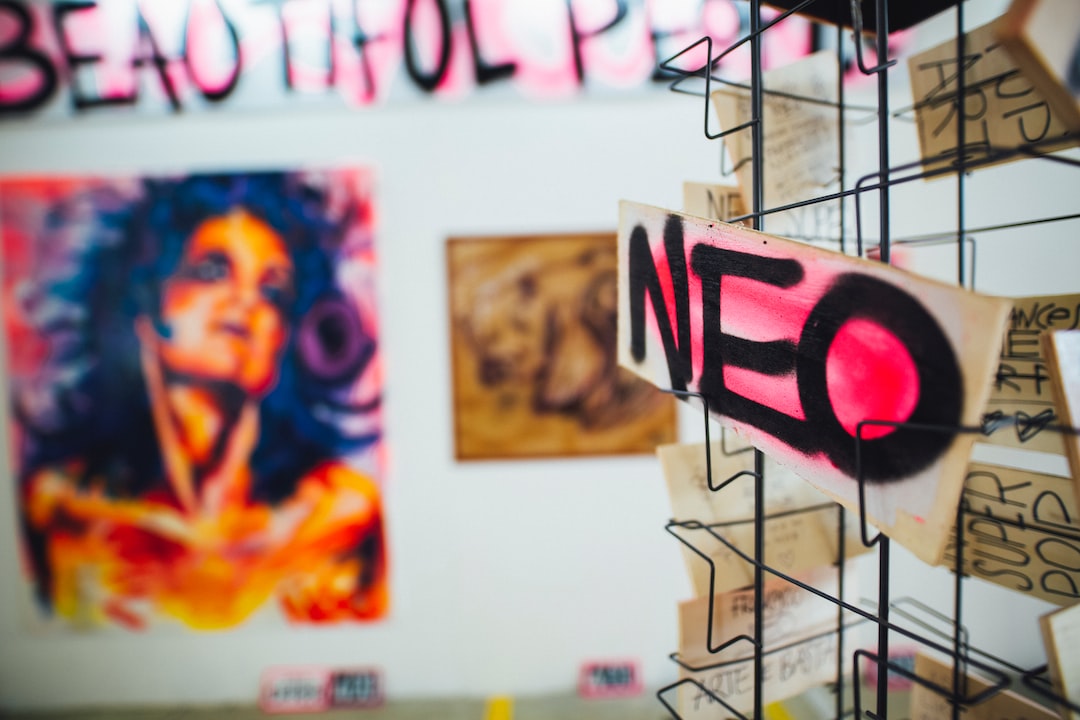Film editing is one of the most crucial and underappreciated aspects of filmmaking. It is the process of selecting and combining the shots filmed during production to create a cohesive and coherent story. The art of film editing is the ability to make creative decisions that will affect the overall tone, theme, and pacing of the film. A good editor must be able to maintain the director’s vision while having the creative freedom to shape the story and keep the audience engaged.
The role of an editor is not simply splicing together bits of footage to make a continuous sequence, but more akin to that of a savior who works to save the coherence and narrative flow of the footage and ensure the audience’s emotional investment in it. Editing involves everything from deciding which shots to use, the pacing, the transitions between them, the color grading, and the sound, all to create a unified story.
The techniques and tools used in editing have come a long way since the early days of filmmaking. Modern editing software such as Adobe Premiere Pro, Final Cut Pro or Avid Media Composer can accomplish precise cuts, split screens and other innovative effects. But the essence and philosophy of editing remains the same – the editor must capture the audience’s attention and lead them smoothly through the story, without taking them out of the experience.
The art of film editing is not just technical skill, but also creative intuition and imagination. The editor must have a deep understanding of the story and the vision of the director. Through this understanding, the editor knows how to evoke the right emotion from the audience with every cut. The editor’s choices have a significant impact on the audience’s emotional response. Every frame, every cut, every sound effect and piece of music is chosen and orchestrated with the intention of creating an emotional experience.
The pacing and rhythm of an edited film is crucial. Too slow, and the audience becomes bored. Too fast, and they lose the thread of the story. The editor must balance the needs of the story with the expectations of the audience. Creating a sense of suspense, foreshadowing and tension are all achieved through editing.
Another essential aspect of editing is continuity. An editor must have a keen eye for detail and be able to discern even the slightest inconsistencies in a sequence. Continuity errors are common in films, but they can be jarring and detract from the story. The editor must ensure that shots flow seamlessly from one to another without jolting the audience and drawing attention away from the story.
Sound design is an integral part of editing, and it is often overlooked. The right sound effects, foley recording and dialogue editing can enhance the mood and atmosphere of a scene. Music, in particular, can have a profound emotional impact on the audience. Choosing the right music for a scene can create a powerful emotional response in the viewer.
In conclusion, the art of film editing is a skill that requires both technical expertise and creative imagination. A good editor has to understand the story, the director’s vision, and the audience’s expectations. It involves decision-making, communication, and the ability to work collaboratively with the director and other members of the crew. Despite remaining an underappreciated aspect of filmmaking, the editors’ contribution can significantly impact a film’s success. The editing language weaved throughout the film helps the audience to engage with the story, creating a powerful and lasting emotional response.


